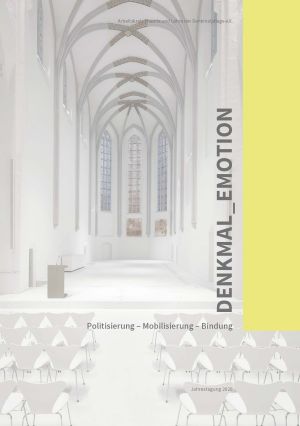Zitationsvorschlag
Veröffentlicht
Andere Spielstätten an Orten der Industriekultur
Ein Spannungsfeld von Emotion und Experiment
When it comes to perceptions of historic industrial sites, emotional relations play a determining role in processes of appropriation and in formulating the intentions behind conservation efforts. A look back at concepts for the repurposing of such sites that have been implemented since the 1970s reveals both a change in the motivations driving the pioneers, social groups and professionals pursuing these efforts, and a shift in the ways in which buildings as witnesses to history are handled. As deindustrialization began to set in, simple, pragmatic appropriations of abandoned spaces for countercultural and artistic uses were the first to emerge; in the past two decades, however, the increasing volume of reuse and conversion projects has seen more mainstream uses establish themselves in former industrial buildings. Also on the rise are attempts to exploit the sites’ commercial potential, in part by developing complex and elaborate concepts for their redesign. These changes are examined with reference to some examples of the repurposing of industrial sites as venues of the performing arts. Focusing on the international production houses Kampnagel in Hamburg and PACT Zollverein in Essen, the following questions are addressed: How did the processes of developing new identities for these sites and the emotions that were involved relate to the decision- making and design processes by which the new venues of the performing arts emerged? What opportunities does this new function offer for the conservation of industrial building stock? And to what extent does industrial-cultural heritage promote or else place limits on the performance practices? The divergence between the concepts cannot be attributed to differences between the publicly-funded and independent theatre scenes, but is rather due to changed conservation and urban planning conditions.








